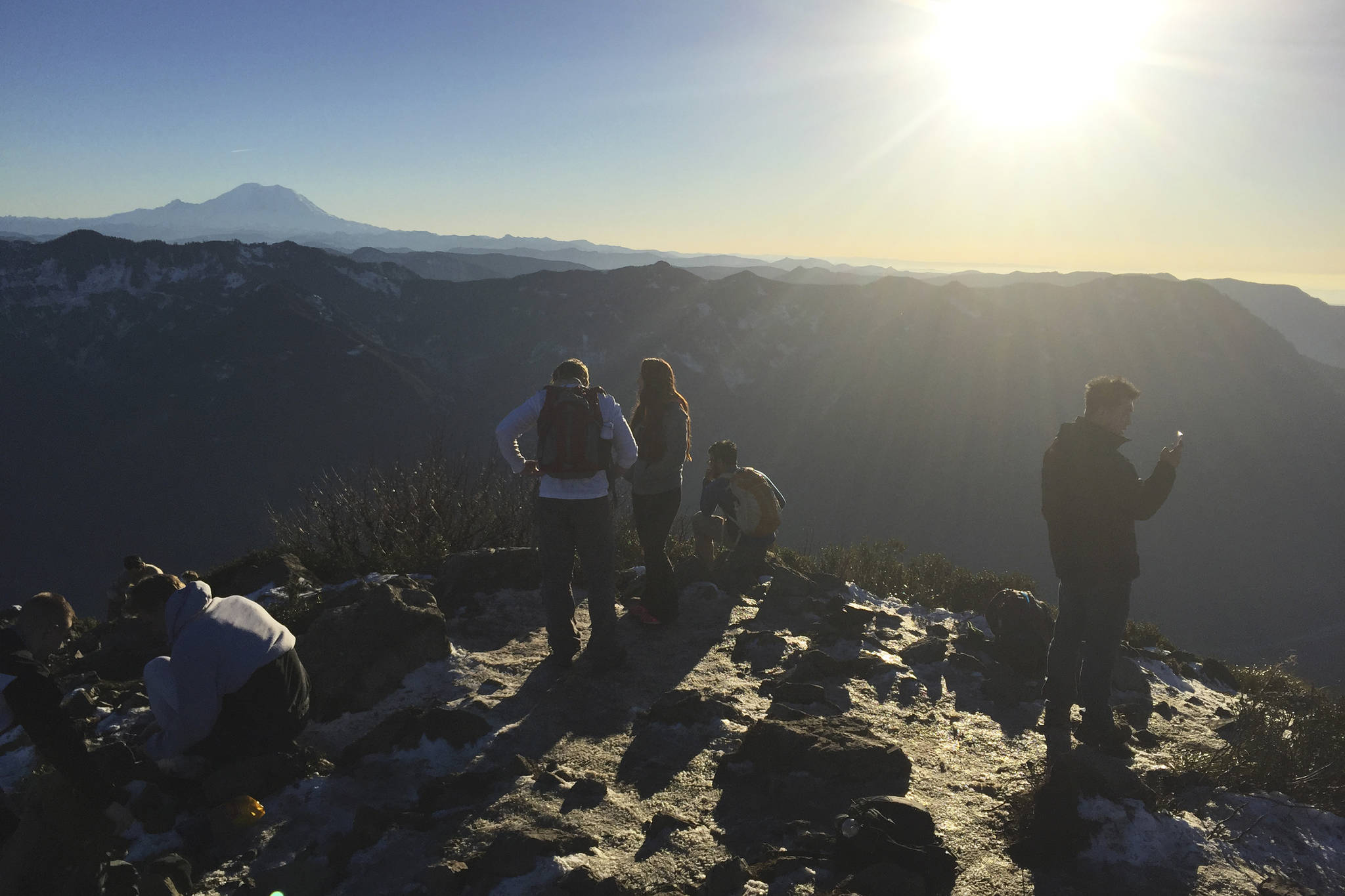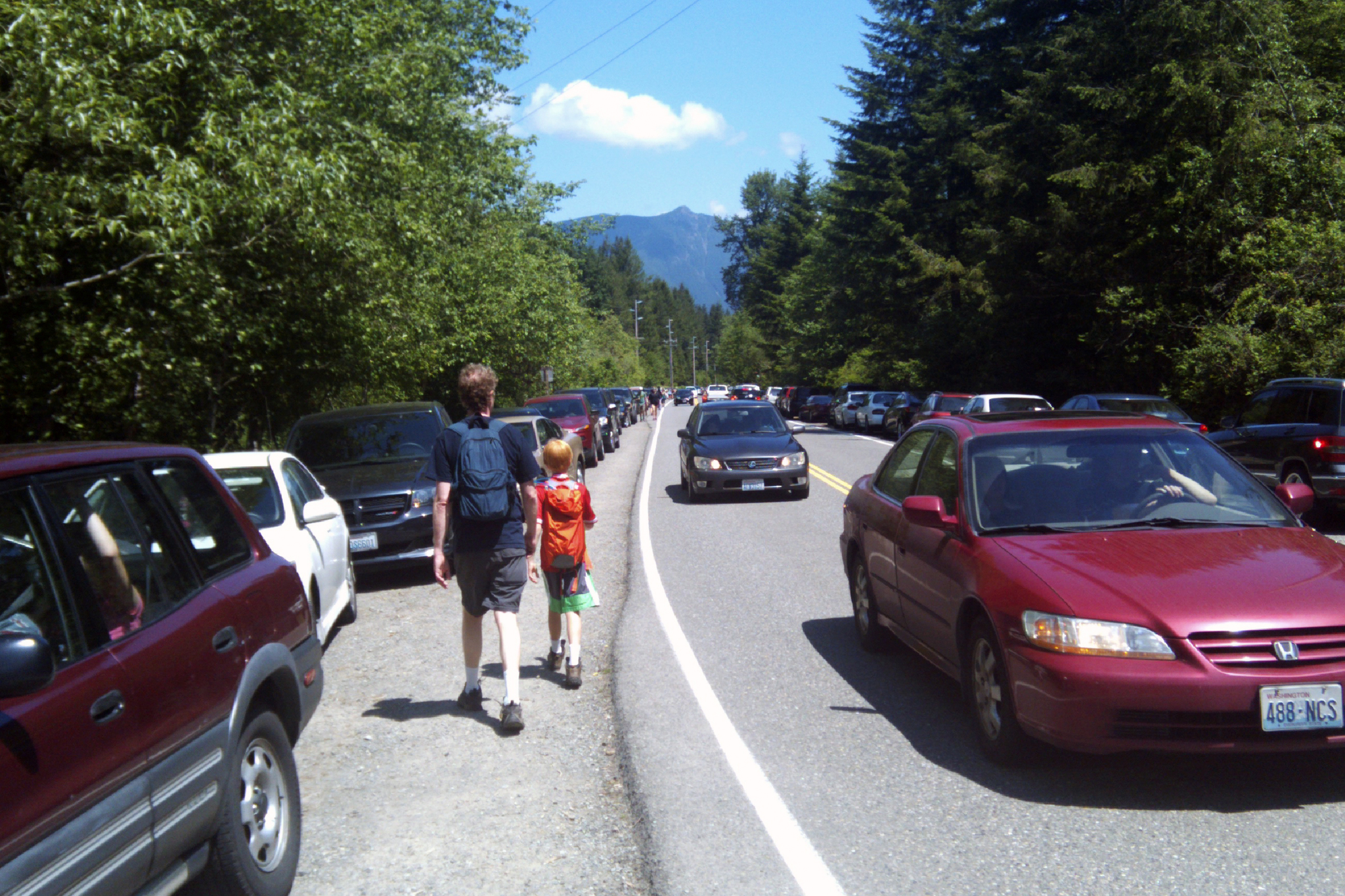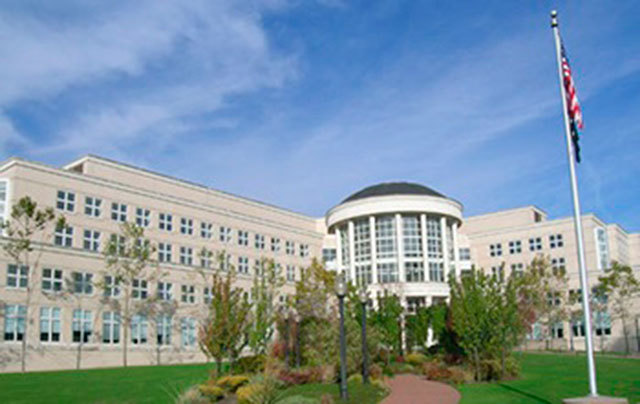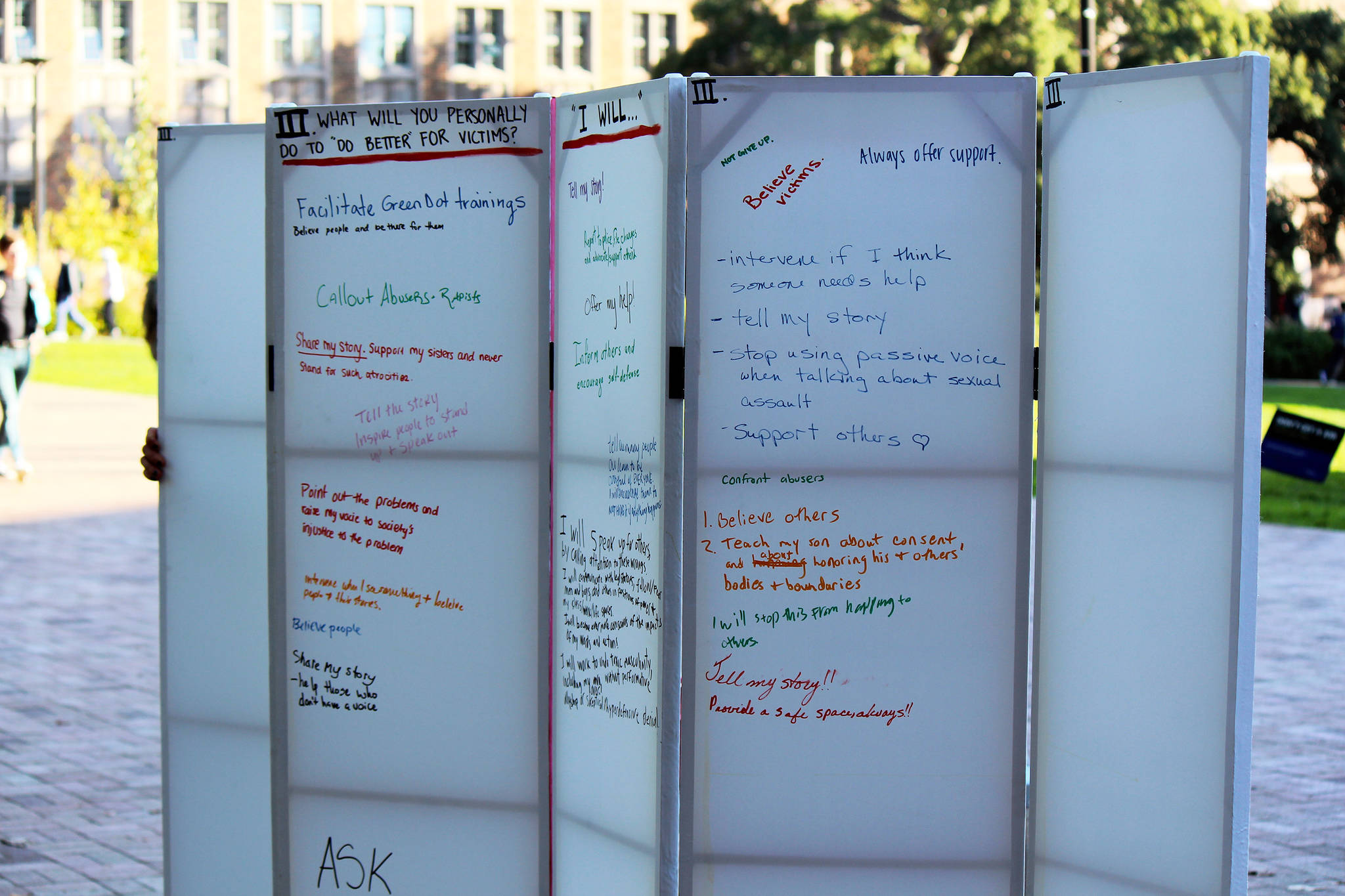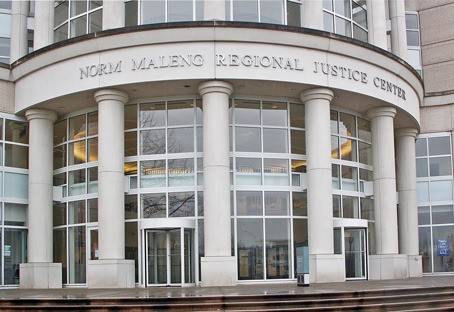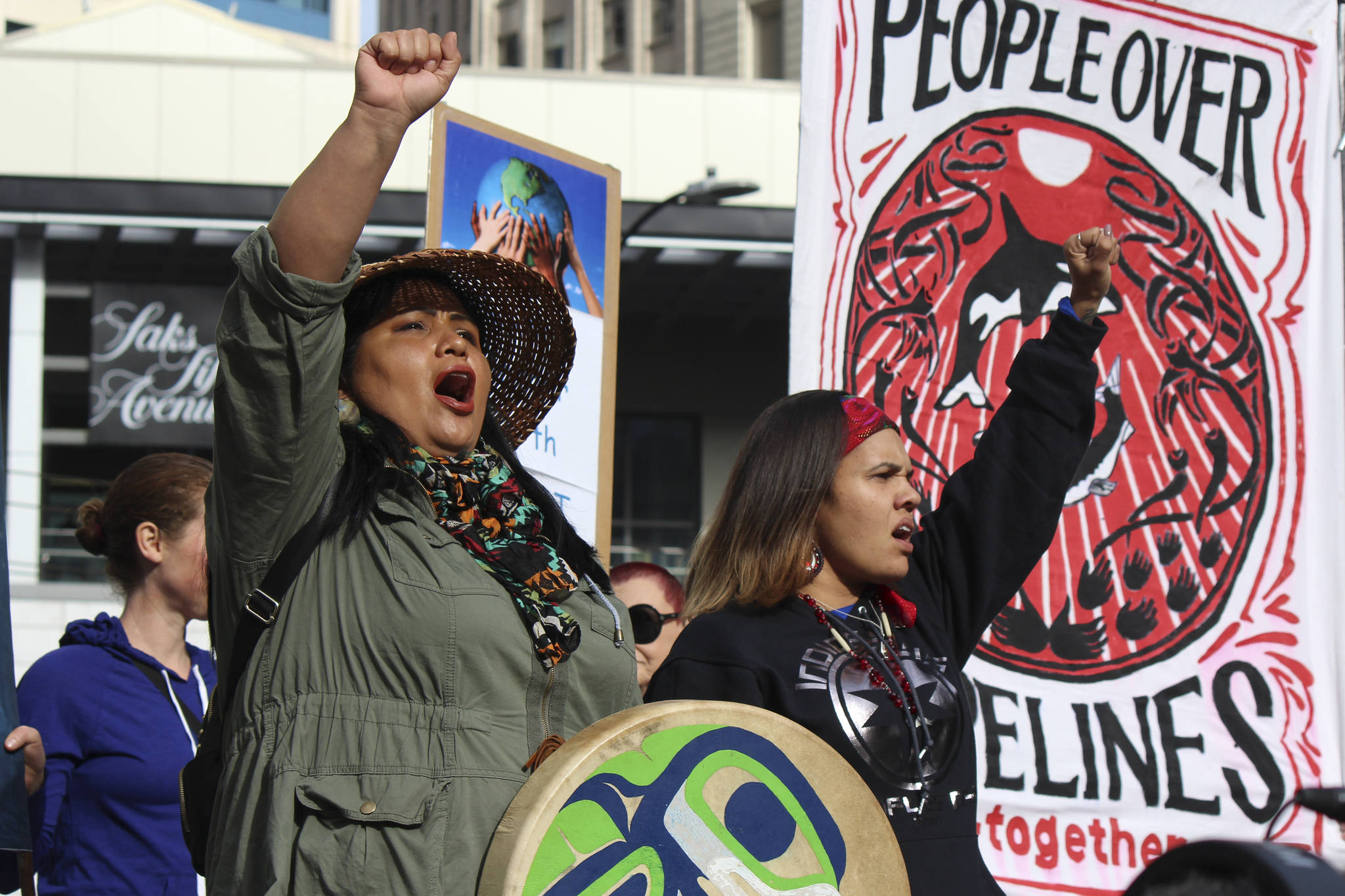It’s summer! And that means trails, and that means, for most of us, cars. But if you want to get to a trailhead near Seattle on the weekend in a car, good luck—it also means infuriating amounts of gridlock, and ridiculously limited parking, as everyone knows.
But now for the good news: On August 5, King County Metro will launch its first-ever public transit option directly to the trailheads in the Issaquah Alps. No, not to the North Cascades or Mount Rainier, but still: Trailhead-traffic mayhem has gotten so bad in Issaquah that King County Metro’s Community Connections program and King County Parks teamed up to launch the pilot project in the name of public safety. “Once the parking spaces in the actual parking lots fill up, a lot of folks choose to park illegally along these busy, busy roads,” says Ryan Dotson, business development manager with King County Parks. “They walk—with their kids—along these busy highways to the trailhead.” And the King County Sheriff’s Department can only do so much to police this kind of thing.
So, yes, safety. But the shuttle is also about equity of access for people who don’t own cars, reducing frustration for people who do, and demonstrating what its backers hope will be a proof of concept and thus an opportunity to expand: If we didn’t have to drive to trailheads, maybe we wouldn’t.
The shuttle—called “Trailhead Direct”—will run on the weekends starting August 5 from the Issaquah Transit Center and the Issaquah Highlands Park and Ride to three different trailheads: Margaret’s Way, Poo Poo Point, and East Sunset Way. So if you don’t have a car, or don’t want to use a car, and you live in Seattle, you can take a bus to Issaquah and a shuttle—coordinated with the bus’s timetable—to a hike. And because it’s King County Metro, you can use a transfer or your Orca card just like any other bus in the system. But this weekend, since it’s the first one, is free.
The trailhead-gridlock problem, particularly in the Issaquah, North Bend, and Snoqualmie areas, has been on local land managers’ minds for years, says Dotson. “With the booming population in the region, all the land managers … we’re all experiencing an increase in close-in recreation,” he says. “We continue to build new trailheads … and we continue to build more parking lots. But building more parking lots is not a sustainable solution.”
So, last fall, King County convened a stakeholder group, packed with all sorts of local outdoor organizations including the Mountains to Sound Greenway Trust, the Washington Trails Association, and the Mountaineers, and put together a survey about trailhead access that thousands of King County residents responded to. Following a second survey this spring, respondents ultimately voted for the Issaquah shuttle above other short-term options. But this could be just the beginning.
Last summer, Mountains to Sound Greenway Trust applied for a Forest Service grant to help launch a public shuttle that could run down the Middle Fork Road. (That storied road is, by the way, about to be fully paved. A ribbon cutting to celebrate the new, silky-smooth ride should happen in late September.)
But “we didn’t get that grant,” says Ben Hughey, policy and GIS coordinator for the Trust. “Part of the reason we didn’t get it was a lack of hard numbers on expected usage. We don’t have a lot of data right now on what we think demand could be.”
Although common sense suggests that the newly paved road through gorgeous country will be clogged the moment it is open, the real-time numbers just aren’t there yet. So, since the new Issaquah shuttle is “in the same region, at least,” he says, “a hiking shuttle could provide that kind of data”—the kind that could really help inch us toward a dream of trailhead transit.
“We’re gonna learn as we go, here,” says Dotson. “We can make adjustments along the way as we collect data and receive feedback from folks who utilized the service.”
“We’re still assessing feasibility,” adds Cathy Snow, program manager for King County Metro’s Community Connections, but one option “would be to do a similar service … on further-out trailheads.” The best way to get that rolling, she says, is to find landowners who would be willing to enter into a lease with Metro. That’s what Metro often does all over the county: It contracts with landowners to allow buses to pick up and drop off passengers there. One possibility could be a school parking lot, as it’s a paved area that tends to sit idle on the weekends. “If we’re able to find lease lots that want to work with us,” Snow says, “our goal would be to get that to work at the beginning of the next hiking season.”
Dotson says a bus stop near the popular Mailbox Peak trailhead “could be a good fit, potentially.”
Next spring, then, there could well be a King County Metro bus that heads from downtown North Bend to Mailbox Peak.
Hughey, for one, is thrilled by this idea. “You’re out there for, you know, this nature experience,” he says, but it “can be so marred by this parking disaster!” Hughey admits that he ranks among Seattleites who own a car almost exclusively because it gets them to the mountains; participating in trailhead gridlock is demoralizing. “I personally feel, like, oh god, I’m part of this awful scenario. … If we could actually provide consistent, reliable access to the outdoors on public transportation, maybe we can get some folks to let go of those cars.”
sbernard@seattleweekly.com
